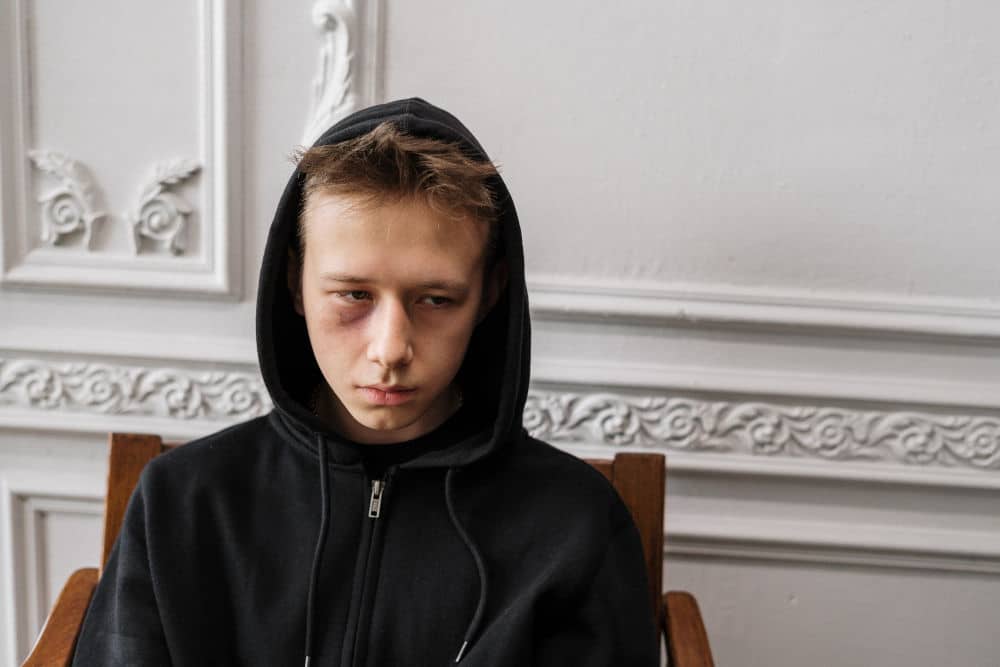
Why gangs form
Gangs form due to the absence of a family and its unconditional love, positive adult role models, and proper discipline.
What gangs provide
A ‘surrogate’ family.
Why children and adolescents join
The need for a family, unconditional love, connection, sense of belonging, financial support, acceptance and to enhance their self esteem.
The family is the most important agent of socialisation in our society, especially for children and adolescents. This process can be briefly defined as the way in which a culture’s values are transmitted from one generation to the next. If a culture values human life, that value will be transmitted from parent to child through this process. Other individuals, groups, and social institutions participate in this socialization process such as schools, peer groups, mass media and faith among others.
Adolescence is a period in which individuals explore different roles, personality traits and belief systems in order to develop their personal identities (Erickson, as cited in McNeil, Herschberger., & Nedela, 2013). An appropriate aspect of this exploration is the development of a peer group. However, it may be concerning to parents if their young son or daughter gets involved in peer groups that promote antisocial values such as gangs. An adolescent may seek involvement with a gang in order to feel the security of belonging to something greater than oneself (Clark, 1992).
For parents or guardians to understand why their child is involved with gangs, it is important for them to be aware of the demographics and structures of gangs that are considered as risk factors. Let’s get into it.
Risk factors for joining gangs can be the type of neighbourhood one lives in, family difficulties, school dropout, or association with friends who engage in problematic behaviour (Hill, Lui, & Hawkins, 2001). Adolescents may be interested in joining gangs because of their supportive features. For example, gangs can offer a sense of confidence, individuality, family and connection to something greater than oneself. Gangs also provide an organised structure similar to that of a family, where there are smaller systems interrelated with boundaries. Gangs may also provide the adolescent with the protection and support that they lack at home.
As a result, it is important to ensure the structure of the family is functionally stable so that adolescents will not feel the need to go elsewhere. Adolescents who involve themselves in gang activity are at a risk due to several factors that may affect their psychological well-being and family involvement.

Families who are aware of the risk factors leading to gang involvement and their psychological impact on the adolescent and family may seek professional help and support as a preventative measure.
What can help
- Given the stressors that certain situations can bring to families, parents may need support and guidance in order to provide a sense of stability to their children. Therapy helps families to shift their organisational structures, so that parent figures are placed in a position of leadership for their children.
- Engage children from a young age in healthy and extracurricular activities.
- Spend quality time with your children. Even when they may appear to be shutting parents out, stay in touch with their world and let them know that you care. Show your affection.
- Be a positive role model. Set the right example. Take a firm stand against illegal activity. Never accept money or gifts that may have been obtained illegally. If you do, you are indirectly giving them permission to engage in crime and sending them the wrong message that it is acceptable.
- Instil positive life skills. Children and adolescents who know how to handle peer pressure, resolve conflict and solve problems, are less likely to become gang members.
- Explain the consequences. Talk with your child and teen about the dangers (to them and the community as a whole) of gang involvement.
- Increase parental supervision.
- Interventions should be done in conjunction with the greater systems in which the adolescent is involved as well, such as the school, the neighbourhood and the community. If the parents join forces and cooperate with them, they can help facilitate the boundary-making for the child to be protected, thus helping the parents feel empowered in the supervision of their child.
References:
- Clark, C. M. (1992). Deviant adolescent subcultures: Assessment strategies and clinical interventions. Adolescence, 27(106), 283–294.
- Hill, K. G., Lui, C., & Hawkins, J. D. (2001). Early precursors of gang membership: A study of Seattle youth [Bulletin]. Washington, DC: Office of Juvenile Justice and Delinquency Prevention, Office of Justice Programs, U.S. Department of Justice.
- Mcneil, S.N., Herschberger, J.K., Nedela, M.N. (2013). Low-Income Families with Potential Adolescent Gang Involvement: A Structural Community Family Therapy Integration Model. The American Journal of Family Therapy, 41:110–120.






